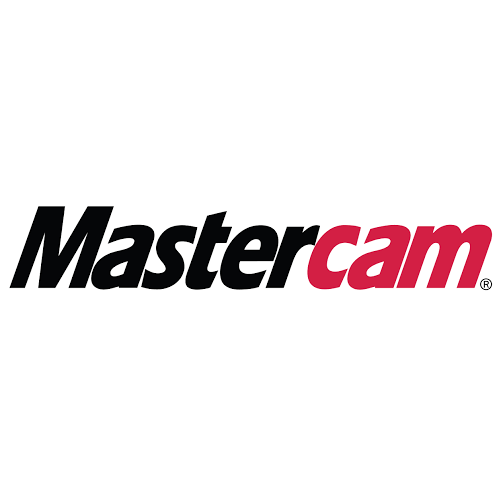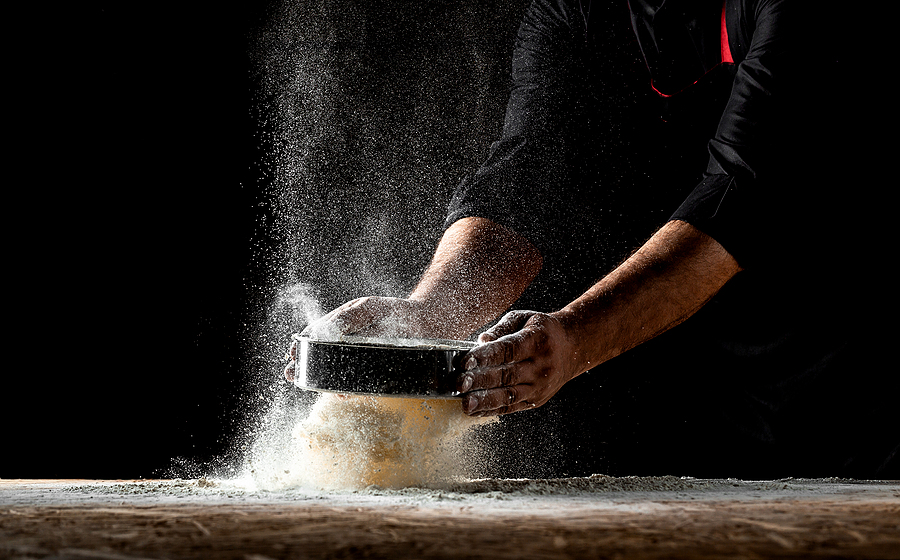If you’re a CNC Programmer or working toward becoming one, you’ve likely heard the name Mastercam. It’s one of the most well-known computer-aided manufacturing (CAM) software tools on the market. While there are several CAM platforms available, Mastercam has built a reputation as the industry standard — not necessarily because it’s the best in every category, but because it’s the most widely used.
As of 2020, Mastercam boasted more than 274,000 installed seats in manufacturing. Its closest competitor? Just under 150,000. That kind of market share doesn’t happen by accident.
So how did Mastercam get here? And why is it such a dominant force in the CNC world?
One Tool for Every Machine
One of Mastercam’s biggest advantages is versatility. It can be used to program a broad range of machines, including:
- CNC mills
- Lathes
- Routers
- Mill-turns and multi-axis systems
- Wire EDM
For shops that run multiple machine types, having a universal CAM platform streamlines training, programming, and integration. That flexibility makes it a favorite across industries — from aerospace to automotive to medical devices.
The Leading CAM Package in Education
Mastercam isn’t just dominant on the shop floor. It’s also the number one CAM software used in technical education programs across the country.
As of 2020, there were nearly 143,000 installed seats in schools, compared to fewer than 75,000 for the next closest option. That means most students entering the CNC field are already familiar with Mastercam before they even start their first job.
This early exposure helps fuel its dominance in industry. It also makes Mastercam a smart skill to learn for anyone entering the trade.
A Long History in Manufacturing
Mastercam was founded in 1983, making it one of the first PC-based CAM platforms available to manufacturers. It began as a 2D tool and evolved over time into a full-featured 3D CAD/CAM package.
With nearly four decades of development, Mastercam has had time to fine-tune its features, improve compatibility with CNC equipment, and build a loyal base of users and educators alike.
That kind of longevity builds trust — and trust matters when you’re running million-dollar machines with high-stakes tolerances.
Want to Learn Mastercam?
If you’re serious about becoming a CNC Programmer, Mastercam is a valuable tool to know. You can check with your local trade or technical school for in-person training opportunities. Many programs offer hands-on learning with Mastercam as part of their curriculum.
Prefer to learn at your own pace? Explore Titans of CNC Academy, a free online platform created by Titan Gilroy. It’s an outstanding resource for CAD/CAM and CNC machine training, built for real-world manufacturing needs.






